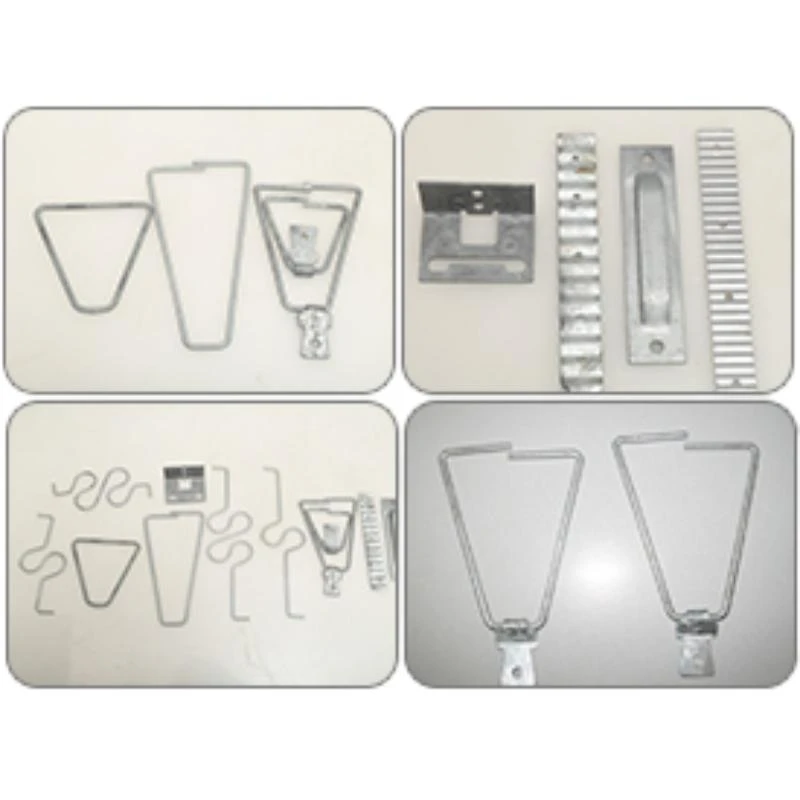
- Mobile Phone
- +8613931874955
- sales@cntcmetal.com
Methods for Installing Plaster Corner Angles in Home Renovations
Understanding Plaster Corner Angles Importance and Techniques
When it comes to interior design and construction, details make all the difference. Among these details, plaster corner angles serve an essential role in both aesthetics and functionality of a space. This article explores the significance of plaster corner angles, the techniques for achieving perfect finishes, and tips for maintenance to ensure long-lasting beauty.
The Significance of Plaster Corner Angles
Plaster corner angles are the edges formed where two walls meet, typically at a 90-degree angle. They are crucial in creating a clean transition between surfaces, ensuring that interiors look polished and well-finished. From homes to commercial spaces, corners play a dramatic role in the visual flow of a room.
The significance of these angles extends beyond mere appearance. Properly finished corners help in protecting the walls from damage and help in avoiding issues like peeling paint or cracking, which can occur when there is a weak point at the junction. Smooth plastered corners contribute to the overall structural integrity of a wall and can affect how light interacts with surfaces, highlighting textures and colors.
Techniques for Achieving Perfect Plaster Corner Angles
1. Preparation Before Plastering Before beginning the plastering process, it is crucial to prepare the workspace properly. Ensure that the walls are clean, dry, and free from dust or debris. Remove any previous wall treatment that might hinder adherence, and inspect corners to ensure they are square. Using a carpenter's square can help verify angle precision.
2. Applying the Corner Bead One of the most effective techniques for creating clean plaster corners is using corner beads. These are strips of metal or plastic that are applied to the corner before plastering. The corner bead helps in maintaining a sharp angle and provides a sturdy edge that can withstand wear and tear. It is important to install the bead accurately, ensuring it is level and flush with the surrounding wall.
3. The Plaster Application When applying plaster, start by using a hawk and trowel, tools that allow for controlled application. For corner angles, it is crucial to work from the ceiling down towards the floor to avoid dripping onto freshly plastered areas. Apply the plaster generously over the corner bead, ensuring that angles are filled completely and smoothed out using a trowel.
plaster corner angle

4. Finishing Touches Once the plaster has begun to set, it’s time for the finishing touches. Use a smaller trowel to refine the edges and ensure that the angles remain sharp and clean. A wet sponge can also be used to smooth out any rough spots. Allow the plaster to dry fully, and then sand it lightly to achieve an even surface.
Maintenance Tips for Longevity
Maintaining plaster corner angles is essential to preserving the integrity of your interiors. Here are a few tips
- Address Damage Promptly If you notice any chips or cracks in the plaster, repair them as soon as possible. Small damage can degrade and lead to more significant issues if left unattended.
- Regular Cleaning Dust and dirt can accumulate in corners, so regular cleaning will help maintain the aesthetic appeal. Use a damp cloth to wipe corners gently without damaging the plaster.
- Monitor for Moisture High humidity can affect plaster durability. Consider using dehumidifiers in particularly moist areas to preserve the plaster's integrity.
Conclusion
In summary, plaster corner angles play a vital role in the overall aesthetics and functionality of any space. Achieving perfect corner angles requires preparation, the right techniques, and careful maintenance. By understanding their importance and applying these best practices, homeowners and builders can ensure that every corner not only contributes to the beauty of a room but also stands the test of time. With attention to detail, plaster corner angles can enhance any interior, serving as a testament to quality craftsmanship.
share:
-
Wall Ties for Concrete: Invisible Guardians of Building Structural StabilityNewsAug.08,2025
-
Timber Frame Wall Ties: Stable Bonds for Load TransmissionNewsAug.08,2025
-
Stainless Steel Woven Wire Mesh: A versatile material from boundary protection to functional supportNewsAug.08,2025
-
Powder Coat Coil Springs: Creating peace of mind and reliability with sturdy protectionNewsAug.08,2025
-
Floor Standing Sign Holder: A Powerful Assistant for Flexible DisplayNewsAug.08,2025
-
Binding Iron Wire: An Invisible Bond for Building StabilityNewsAug.08,2025
-
Yard Sign Stakes: Reliable Guardians of Outdoor SignsNewsAug.04,2025



















